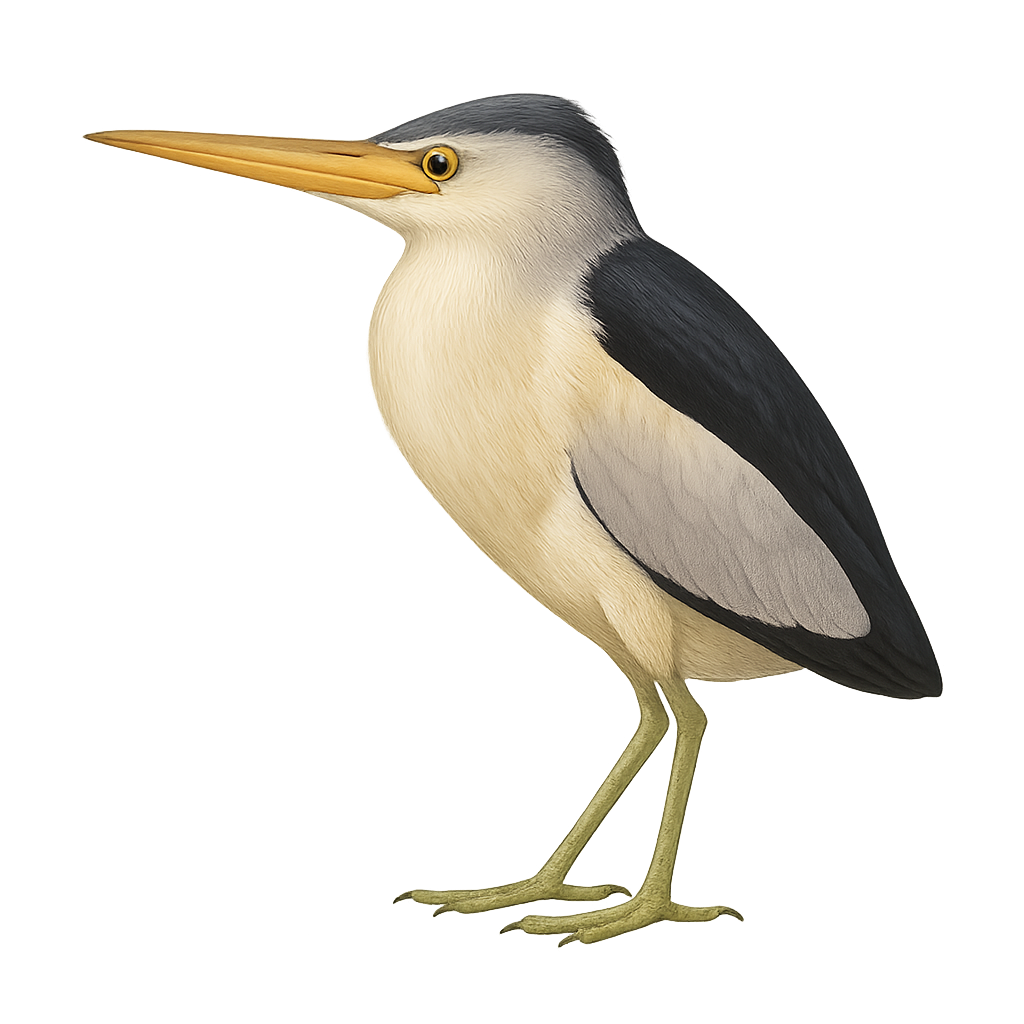Your wildlife photography guide.
Explore the little bittern in detail, study its behavior, prepare your shots.
Where to observe and photograph the little bittern in the wild
Learn where and when to spot the little bittern in the wild, how to identify the species based on distinctive features, and what natural environments it inhabits. The WildlifePhotographer app offers tailored photography tips that reflect the little bittern’s behavior, helping you capture better wildlife images. Explore the full species profile for key information including description, habitat, active periods, and approach techniques.
Little Bittern
Scientific name: Botaurus minutus

IUCN Status: Least Concern
Family: ARDEIDAE
Group: Birds
Sensitivity to human approach: Very shy
Minimum approach distance: 30 m
Courtship display: April to June
Incubation: 17-21 jours
Hatchings: May to July
Habitat:
Wetlands, marshes, and rivers
Activity period :
Mainly active at night, generally discreet during the day.
Identification and description:
The Little Bittern is a small and discreet heron, particularly hard to observe due to its brown and beige plumage, which allows it to blend perfectly into the vegetation of marshes, ponds, and rice fields. This heron is about 30 cm long and is known for its furtive behavior and quick, low flight. It primarily feeds on small fish, aquatic insects, and amphibians, hunting silently as it sneaks through the grasses or hides in reed beds.
This small heron is mainly active at dusk and during the night, making it even more discreet. While not directly threatened, the Little Bittern faces habitat loss due to the destruction of wetlands and the draining of marshes. The conservation of these habitats is crucial for the preservation of the species.
Recommended lens:
300 mm – adjust based on distance, desired framing (portrait or habitat), and approach conditions.
Photography tips:
Approach slowly and discreetly, using a telephoto lens, as the black-crowned night heron is a discreet bird and can easily fly away if disturbed.
Photograph early in the morning or late in the afternoon, when the light is soft and the bird is more active in the marshes or wetlands searching for food.
Capture hunting moments: The black-crowned night heron often stands still in the water to catch its prey. Wait for it to take a hunting posture to get interesting shots.
Be patient: The black-crowned night heron can stay still for a long time, so wait for it to move or engage in a more dynamic activity.
Although the black-crowned night heron is not currently endangered, it remains sensitive to disturbances, especially during the breeding season. Respect its natural space and avoid disturbing its hunting or resting activities. Follow local conservation rules to help preserve this species.
The WildlifePhotographer App is coming soon!
Be the first to explore the best nature spots, track rutting seasons, log your observations, and observe more wildlife.
Already 1 429 wildlife lovers subscribed worldwide

